It’s an American dream to eat fresh fruits and vegetables, but how sure are you that what’s on your plate is fresh? You might not be aware of the freshness of the food unless you grow them in your backyard. A study indicates that 1 in 3 households in America have a vegetable garden, more than 90% of them include tomatoes.
It’s no rocket science to grow your own food, a simple guide, tools, care, and time is all it takes to nurture your backyard tomatoes. This guide will make your life hassle-free with a step-by-step guide to harvest your tomatoes. It’s suggested that you don’t go for the easy way out by choosing the store-bought tomatoes over the nutritious homegrown ones.
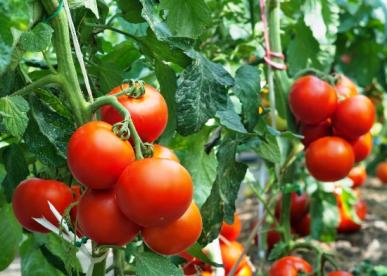
It’s a win-win situation for your health and money when you make the wise choice of homegrown tomatoes. Backyard gardening enables you to decide what pesticides and fertilizers come in contact with your food. It’s crucial to learn more about the know-hows of gardening before starting your backyard gardening, like mandatory materials, ideal time to plant, steps to plant and care for your plants, and others.
Materials needed to start your backyard tomatoes
Most often people fail to reap the complete benefits of backyard gardening when they miss out on the necessary tools and other aspects. This simple checklist of things will help your backyard tomatoes to grow to their full potential. It’s recommended that you have all the materials for the optimal growth of tomatoes using the right set of gardening tools, soil, container, seeds, and others, for healthy and nutritious growth.
The right soil choice
You must invest your money in the right areas when it comes to backyard gardening of tomatoes; a good potting mix goes a long way to make it easy for the roots to penetrate. However, it’s not necessary to purchase a costly garden soil, choose the ones which are free from insect pests and weeds.
You’ll be able to conserve a lot of water with peat moss soil, especially, during germination stage. Most people suggest that you to till the soil for about 8-12 inches deep, this will help the roots to have adequate room for growth.
The ideal containers for your backyard tomatoes
A lot of things can be used as containers to grow tomatoes, just about anything that hold soil can be used as containers to grow tomatoes. Some people make use of egg cartons, plastic fruit containers, juice containers, and much more to nurture their backyard tomatoes. Regardless of what containers you use make sure they have drainage holes for the excess water to drain out of them.
Most people use flats to grow tomatoes in their backyard, oftentimes, flats are ideal for the healthy growth of tomatoes. It’s suggested that you grow tomatoes in containers which can accommodate more potting soil for the roots to have adequate growth. Oftentimes, you’ll find more plastic containers than any biodegradable ones, you can either use plastic containers or the ones that suits your plants best.
Nutritious seeds for a nutritious plant
Most gardeners will suggest you to go for store-bought seeds over the home grown ones. There are a variety of tomato seeds available in the market, choosing the one that fits your backyard can be a daunting task. First you must decide on the type of tomatoes you wish to grow, like slicers, cherry tomatoes, or the ones that can be used for sauces.
Make sure that you check the maturation dates of the seed packets to help you to harvest tomatoes before your neighborhood is visited by snow. You can purchase seeds either from a fellow gardener or get it from a nearby seed company. It will be ideal for the seeds to be planted at least three times deeper than the seed’s size. You can start with cherry tomatoes, like Sun Gold, if you’re a first-timer in backyard gardening.
Best tomato growing garden tools
Regardless of what profession you’re into, most people judge you by the tools you have to get the job done. The right set of tools not only gives a professional look, it also helps you make life simpler and save lot of time and energy.
Here’s a checklist of necessary tools you must have are listed below:
- Garden rake
- Garden trowel
- Tomato cage
- Pump sprayer
- Tiller cultivator
- Garden gloves
You can make use of the aforementioned tools and add more tools when you become a professional gardener. Some gardeners might have a difference of opinion on the aforementioned list of tools; it’s a matter of personal comfort to choose the set of gardening tools.
Kick-start your backyard tomato gardening at the right time
Timing is everything in every activity or venture you do or wish to do, especially, when it comes to growing a seed. If you look into most tomato seed-packets, they will advise you to start your seeding venture at least six to eight weeks prior to the last anticipated frost in your neighborhood.
Indoor vs. outdoor gardening
You can either grow your plants indoors or outdoors, both comes with its pros and cons. It’s recommended that you read the seed packets to check if they are adaptable for indoor or outdoor growth. Indoor gardening opens up a lot of opportunities for a variety of plants you can grow within the four walls. You don’t have to worry much about the changing climate when you do grow plants inside.
You’ll have greater control with indoor plants, they depend on how you take care of them more than climatic conditions. The indoor pot’s soil won’t freeze during winter, you can do wonders to most indoor plants by adjusting the thermostat and humidifier to suit the plants’ needs. However, you can’t expect indoor-grown plants to the same mature size like the outdoor-grown ones.
Transplant your indoor plants to outdoor for better growth
Most gardeners plant more than one plant or seed per container, the additional one is a backup plan when the other ones don’t sprout. The plants might not have enough room when both seeds germinate, you can either sacrifice the weaker plant or transplant one of them outdoors. You might have figured it out that timing is everything in backyard gardening, especially, when you transplant the plants outside.
You must prepare the indoor plant to cope with the harsh weather outdoors, you can condition them to the outdoor climate by placing them in sunlight for an hour. It’s recommended that you use slow-release fertilizers to provide nutrients for the plants all through the year and minimize the work you have to do.
You must plant the seedling outdoors in the same depth like they were indoors, however, indoor tomato seedlings can be planted 6 inches deep in the ground outdoors when they are transplanted. Furthermore, you can add some mulch around the stems of the plants after transplantation.
Too early or too late will be bad for tomato sampling
It’s suggested that you follow the advice of seed packets or consult an expert before planting your tomato seeds. You might not get the desired results when you don’t plant the seeds on the right time, your plants might outgrow your pots when you start too soon. Furthermore, you might get leggy or weak plants with yellowish leaves due to lack of photosynthesis when you plant them too early.
If you thought to plant the tomatoes too late to avoid the ill effects of planting too soon, think again, planting tomato seeds too late might hit you hard. You’ll miss the season entirely when you plant tomato seeds very late. It’s recommended that you follow expert’s advice or follow the instructions in the seed packets and plant your tomato seeds at the right time.
Steps involved in planting tomato seeds
Most gardeners agree that tomatoes depend more on appropriate planting more than any other plants. It’s suggested that you plan your planting season and follow this step-by-step guide to enhance your gardening skills. The experts of today were amateur once, don’t be shy to ask others and learn more about the know-how of backyard gardening in the initial stage.
9 out of 10 gardens in American households grow tomatoes rather than any other fruits or vegetables. Tomatoes are the most used fruit in every household, there are more than one reason to grow it in your home or backyard. Make sure that you follow the accurate steps to grow tomatoes just the right way.
Here’s a list to help you plant tomato seeds and reap great benefits:
Find a container and fill it with right blend of potting mix
The first step to nurture home grown tomatoes is find containers that’s suitable for the plants to grow to its optimal level without any congestion. You can either go for plastic pots or biodegradable ones, you must water the biodegradable ones till they turn black before planting tomato seeds or saplings. Having two pairs of seeds in each pot is preferable if one fails to germinate you can count on the other one.
Fill the pots with compost or organic matter to enhance the growth of the plants to its optimal level without any constrain. Make sure that there’s a healthy seed-to-soil interaction to enhance germination. You’ll reap better benefits when you invest in better potting mix for the healthy growth of your plants.
Get the ideal depth and water for the seeds
When you have finalized your containers to fit your tomato seeds, it’s suggested that dig deep for the seeds to get sufficient nutrients and absorb water. You must look into the drainage hole to make sure there’s room for the excess water to go out. Most gardeners will advise you to till the soil and place the seed deep enough for it to grow it roots without any trouble.
The ideal depth of the seed differs for every container, it will be ideal to sow the tomato seeds a quarter to half inch deep in the containers. Make sure that the containers are sufficient to hold enough water for the seed, they must be kept moist till they sprout. If the seeds fail to get sufficient water after germination, they will dry out and die eventually.
Provide sufficient light for the optimal growth of the seed
Most tomato seeds germinate when there’s warm room temperature, some people enhance the germination with heat mats to bottom heat the seeds. When the seeds grow up, seedlings grow better in cool room temperature. Insufficient light can make your plants weak and spindly. It’s suggested that you make sure each seedlings get enough sunlight for their optimal growth.
Most seeds will germinate in 10 to 14 days with sufficient amount of light; make sure the young seedlings aren’t by anything lying on them once they sprout. You might notice yellowish leaves when there’s a lack of light for photosynthesis. It’s suggested that you use paper bags that are cut off which allows water to evaporate before the plants sprout, cheese-cloth is also ideal to allow sufficient light after they sprout.
Proper care for healthy and fresh tomatoes
All your efforts of nurturing tomatoes will go in vain if you fail to take a good care of them. You might end up reaping disappointment rather than tomatoes when you fail to take care of them. Most people fail in their efforts to grow tomatoes either because they don’t provide sufficient water or overwater the seeds.
You must provide sufficient water for the seeds, on the flipside, try not to keep the soil soggy to avoid the seed from decay. If you have proper drainage holes in the containers the excess water will be drained out and help in the healthy growth of the plants.
Most gardeners will suggest the plants to have a few hours of direct sunlight, the longer they are under sunlight the better it is for their growth. It will be ideal to have at least 4 hours of sun for each seed. Farmers use a few tricks to enhance the growth of the seedling, like heat lamps, heat mats, and others.
Good sunlight and seed-to-soil contact is vital for the germination of tomato seeds, the warmer the better it is for the seeds to germinate. The soil temperature of 65° to 70° is ideal for germination to occur, you can make use of heat mats to increase the temperature manually and speed up the germination process.
You must transplant the seedling when they are big enough for deeper pots, it’s recommended that you’re gentle with the young plants to avoid bruising or disturbing the plants. Most people will transplant when they have four leaves by loosening the seedling from the soil and placing them in the new and bigger containers.
You might find it difficult in the initial stage of your backyard gardening, most people will find it hard when they start something new. However, you might be pretty good at growing tomatoes when you read step-by-step guides or learn more from the experts. The right set of potting soil, containers, water, and sunlight helps to enhance the growth of the tomato seeds with proper planting and care.
Frequently Asked Questions
What should I plant tomato seeds in?
Tomato seeds can be planted in egg cartons, plastic fruit containers, juice containers, or anything that has enough room for the roots to grow. They can be later be transplanted in bigger biodegradable pots or outdoors to get sufficient space for roots to grow freely.
When should tomato seeds be planted?
Tomatoes must be planted at least six to eight weeks prior to the last anticipated frost in your neighborhood.
How many tomato seeds should I plant per hole?
It’s ideal to plant two seeds per hole, the extra seed will work as an insurance when the other seeds fails to sprout.
What depth do I plant tomato seeds?
You can plant the seeds half inch deep in the initial stage of the tomato seed.
How long does it take tomato seeds to sprout?
Most tomato seeds will sprout in 10 to 14 days, you can look into the maturation dates of the seed packets to learn more about the time taken for tomato seeds to sprout.
How much sun should tomato seedlings have?
It will be ideal to have at least 4 hours of sunlight for the healthy growth of tomato seedling. The more sunlight the better it will be for the seedlings growth.


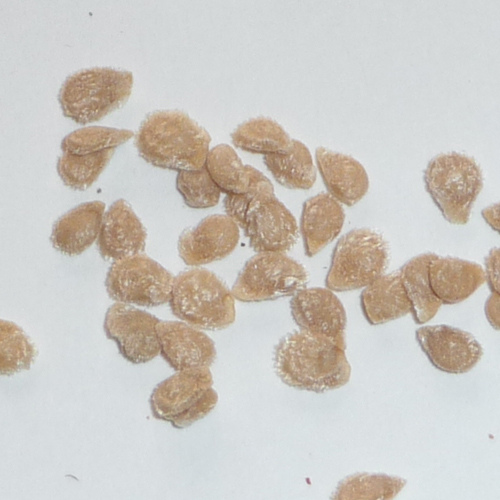
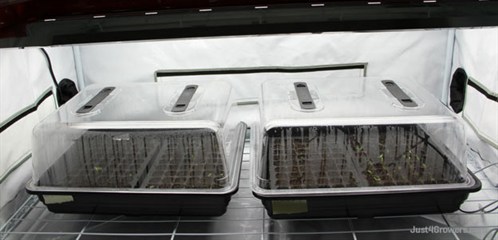


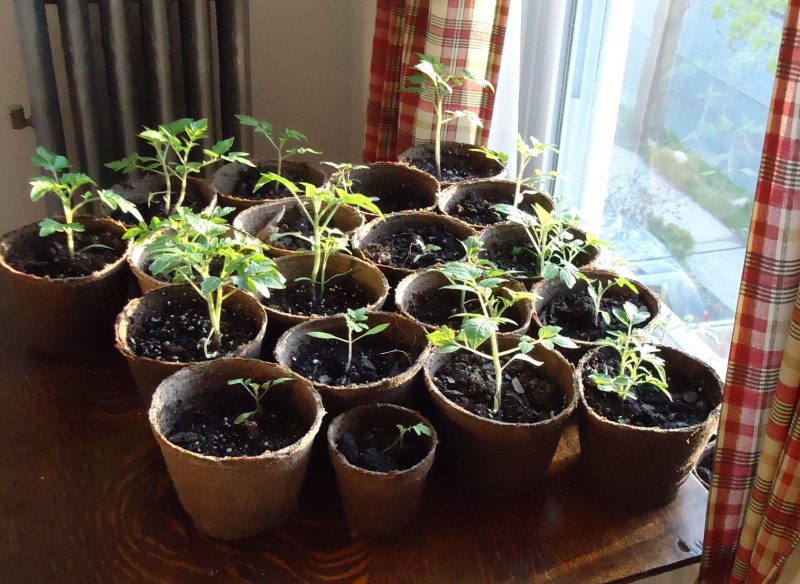
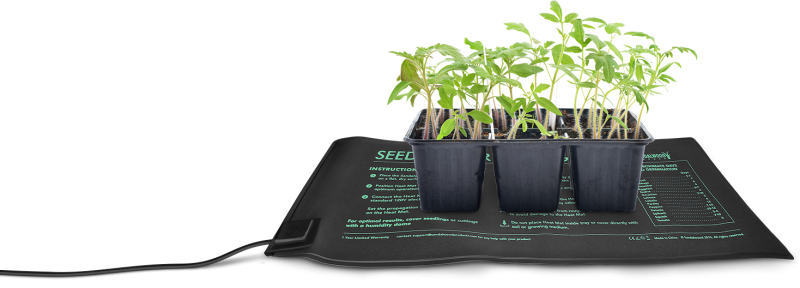
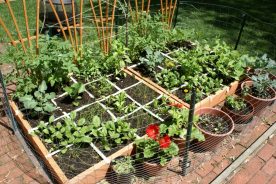
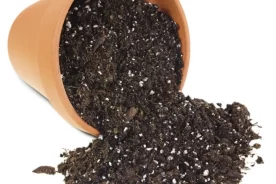
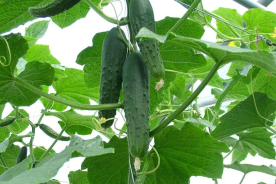

No Comments